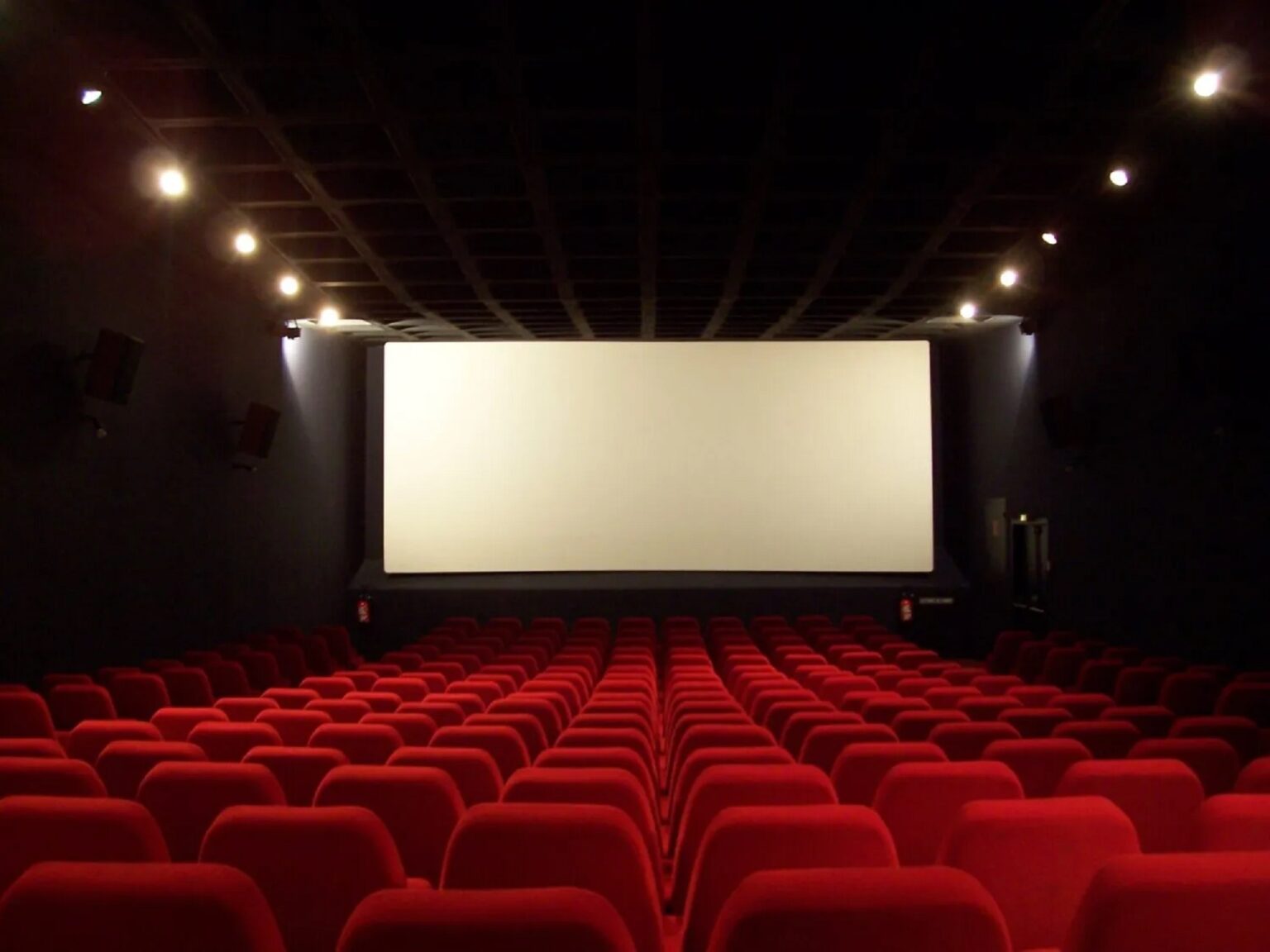Global Courant 2023-04-26 15:58:36
Netflix has been making headlines lately with its plans to expand across Africa. The streaming giant recently released its socio-economic report, showing just how well the company has fared since making its way to sub-Saharan Africa in 2016. According to the report, the company has invested a total of $175 million in South Africa, Nigeria and Kenya between 2016 and 2022. Interestingly, South Africa received the bulk of this investment – about 71% of total investment went to the SA film industry. The investment was aimed at developing the local creative ecosystem, with an emphasis on bridging the financial gap, fostering collaborations, developing talent and commercializing the industry.
When it comes to investments, companies like Netflix carefully evaluate a range of factors before spending huge sums of money. According to the regional head, it was always part of Netflix’s plans to invest heavily in African stories. Hence, when Netflix went through the first decline in its history, it lost some 200,000 subscribers worldwide in 2022, the company didn’t shake much. Africa offered development potential that the company hoped would reassure investors. Still, the decision to invest significantly in South Africa can be tied to specific market dynamics, such as a favorable regulatory environment and SA’s reputation for more advanced infrastructure.
A camera crew at work in central Cape Town, South Africa, taken on April 22, 2021.
The South African entertainment industry is a vibrant and growing industry. Over the years, the industry has achieved success fusing its rich and diverse cultural heritage into high-quality content that resonates with audiences both locally and globally. The industry has produced stars like Thusu Mbedu and solid shows like Blood and Water have found success on several continents. In the six years that Netflix has been operating on the continent, the company has released 170 licensed productions and 16 Netflix originals. Blood & Water, the most successful to date, was an instant success. It topped the charts in Africa, the US, the Caribbean, Spain, Austria, Germany, the UK and France.
But before Netflix set up a tent in Africa, South Africa already had a reputation as a renowned creative space. As one of the world’s oldest film industries, the creative country has always been recognized worldwide for its success in producing feature films. In 2012, the Hollywood blockbuster “Chronicle” was produced at Cape Town Film Studios in South Africa, a film that grossed a whopping $126 million in ticket sales worldwide. Part of the things that made SA so attractive to international filmmakers was the plethora of locations and highly trained technical professionals involved in the production cycle. It also helped that shooting a movie in SA wasn’t that expensive because of the rand’s performance against the dollar. For example, the creators of Chronicle had spent only $12 million on production costs, which generated 100 times more revenue.
However, despite the international recognition South Africa received for its creative talent and technical excellence, SA remained uncompetitive in the domestic market. For example, the total earnings of all films produced in South Africa between 2012 and 2019 have been shown a downward trend, going from $4.9 million in 2012 to $3.5 million in 2019. Compared to other film industries on the continent, this is not an attainable amount. On its own, the South African market did not generate enough scale and volume to be commercially viable.
Behind the scenes of the Netflix series Blood & Water. Image: Jeromine Derigny
While the South African film industry was a little less competitive in the domestic market, the country had other things to offer. The country’s middle class increased. This allowed more people to spend things. Not only did their purchasing power increase, in 2019 the World Bank reported that up to 70% of the population had access to the internet. Not only did access to the internet increase, South Africans also made extensive use of it. A recent survey shows that South Africans are online for an average of 9.5 hours a day. Such a high internet penetration rate, coupled with a strong appetite for content consumption, presented a golden opportunity for streaming services like Netflix to expand their subscriber base.
Apart from an attractive consumer market, SA had a regulatory framework. The government has always implemented various initiatives, including tax incentives and financing schemes, to support the growth of the local entertainment industry. One is the 25% movie incentive offered to foreign film and TV productions shot on location in SA, up to a maximum of R50 million, and an additional 5% incentive for productions shot and post-production in SA and using the services of a service company in black hands. For productions that only perform post-production in SA, the incentive is calculated at 20% with an additional 2.5% for spending at least R10 million of post-production budget in SA.
However, the fact that Netflix invests most of its investment in South Africa doesn’t mean it lacks interest or involvement in other African countries. Over six years, the company has invested a total of $107 million in sub-Saharan Africa. Netflix’s revenue from Sub-Saharan Africa is expected doubling by 2026. And following the positive socio-economic report, the company will continue to expand its presence on the African continent.








